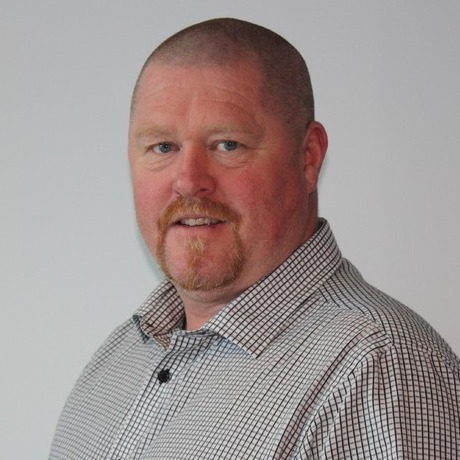HEARING TECHNOLOGIES - THE FUTURE OF HEARING ASSISTANCE
It is predicted that that by 2050 one in four New Zealanders will have a hearing loss - that’s up from one in six. For people with hearing impairment, induction loop technology is a vital tool to access information and participate in social occasions. So, what does the future hold for hearing technology?
Induction loops have been around since 1937 and have seen a number of evolutions, such as modern phased arrays being installed into buildings throughout the world. But as construction techniques advance, the scope for traditional loop installations has become limited and alternatives like infrared and radio frequency are increasingly adopted. Smart phones and other personal devices like iPads and tablets are also furthering advancements for personal hearing assistance by enabling us to broadcast multiple channels of audio, simultaneously in a building. Through existing wifi networks, these audio channels can be directed to each smartphone or personal devise and communicate directly with the user or hearing-aid. What’s interesting is this technology of modern hearing assistance is not just for people who suffer from hearing loss, it is increasingly being used commercially to broadcast audio to a group of people.
As New Zealand's population ages, and an increasing number of individuals become effected with hearing impairments, it is crucial to understand the limitations and advantages of the current systems in the market place and ensure they are utilised effectively within your facility.
Members of the audience will be invited to download a free app and follow Murray's talk on their own smartphone or PD.

